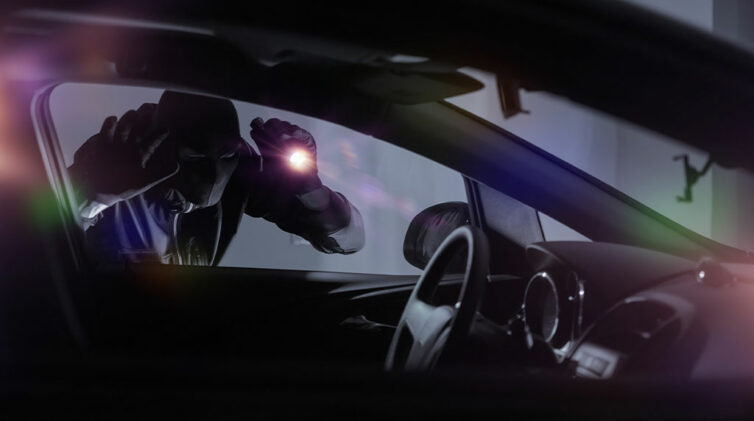
Steve Bragg
SWEEPING changes to future mobility are now impacting the forward planning of dealerships, including downsizing of showrooms and dealer consolidation that includes cross-shareholdings with OEMs.
The radical outlook is partly outlined in a report by KPMG that predicts more dealership acquisitions over the next 24 months as “the big get bigger”.
“Dealership transactions have reached a fever pitch and will continue rampantly for the next 24 months,” said KPMG’s Motor Industry Services team in its latest comparison of Australian listed dealer groups.
But timing is everything.
The KPMG team said: “For a seller, the question will be timing as the last tranche of sellers will have little value.”
The report said that in the past six months, the four main publicly listed automotive retailers – AHG, AP Eagers, AutoSports and Motorcycle Holdings – had reported a total revenue growth of 11.3 per cent.
It confirmed total revenue of $11.9 billion, up 11.3 per cent on the previous year, with gross profit up 7.4 per cent to a cumulative $2.48 billion.

Mercedes-Benz Brooklands dealership south of London
Because of a relatively flat market, this growth had come on the back of acquisitions, it said.
“The Australian listed dealer groups will continue to focus on further acquisitions, where they fit geographically and are earnings accretive,” the report said.
KPMG’s director of consulting and a member of the team that compiled the report, Steve Bragg, expanded on the report in an exclusive discussion with GoAutoNews Premium.
He said: “You don’t see too many single-site, single-franchise dealers anymore. Or even many single-franchise dealers”.
“Definitely the smaller groups are looking to get out and the big groups that are consolidating up are looking to get bigger because it’s a long-term play with – looking very long term – the rise of electric vehicles where you have to have scale to make money,” he said.
“That’s where it’s going. Everyone is looking at what dealerships will be like in the next five-to-10 years.
“As ride-sharing and EVs and autonomous vehicles come into play, you have to have a dealership of a certain scale to be a player – otherwise your dealership has zero value.
“That’s why we’re seeing the big consolidations at the moment. Everyone’s looking to get bigger and the guys who are on the sidelines will find it difficult to compete.
“After this point, they will have to decide that they will have to get big or they have to get out.”

Annlyn Motors – Volvo – Westfield
Mr Bragg said that in about five years, dealer groups may consider that they are as big as they want to be in terms of economies of scale.
But he said there would still be “a lot” of consolidation in the industry with the mid-size businesses.
“Trading conditions will also play a part in the timing and the extent of the consolidation,” he said.
“People don’t sell on the down cycle, they sell on the up-cycle. That may push the timing out a bit, though we still see consolidation over the next couple of years at least.”
This trend is not unique to Australia. Mr Bragg said it was occurring in the US, China and Europe, though had slowed a bit in the US over the past two years “because of flat trading conditions as they go through consolidation”.
“The key partnerships between large dealer groups and OEMs are important to watch,” he said (see separate story).
“There are also players coming into Australia including companies from South Africa, China, USA, Singapore, Japan and so on. They’ve all been here buying up stuff.
“That’s more of a diversification play and a move to ‘de-risk’ their business. They can come to Australia and own their business and property whereas in some other countries, that may not be possible.”
Property ownership is another side of the dealership business that will see changes.
Mr Bragg said bigger automotive retail groups did not play the property game in the long term. Some, like AHG, do not have exposure to direct property investment.

DS Urban store – London
“In the future, there won’t be the need to have dealerships of the size and the location of where they are today,” he said.
“We see smaller physical sales frontages, offsite storage and delivery centres. So in the long term, dealerships will be a frontage – it could be in a Westfield shopping mall, for example – where customers get the experience of the vehicle.
“It will be a much more centralised back-end of the dealership and a much smaller showroom. Customers would either go to the ‘experience centre’ – or showroom – for details of the vehicle, the test drive and finance. Or this can be done online.
“The actual preparation and delivery of the vehicle is organised elsewhere. The dealer would then deliver the vehicle to wherever you are, at your house or office.”
Mr Bragg said that in this likely scenario, a lot of the bigger groups are not interested in buying property.
“It’s a win-win. The dealer will have a smaller showroom with less overheads and have a PD centre and service centre well off site in a location with cheap rent,” he said.
“The property owner can rent the land to the dealer up until the dealer goes elsewhere, and then that land can become a block of flats, or a shopping centre or whatever.
“Property is very expensive. Dealerships are usually in high frontage areas on main roads in population-dense areas and on land with high visibility. Not owning the land releases a lot of capital.”
By Neil Dowling

Mercedes-Benz – Airport Express












 Read More: Related articles
Read More: Related articles

